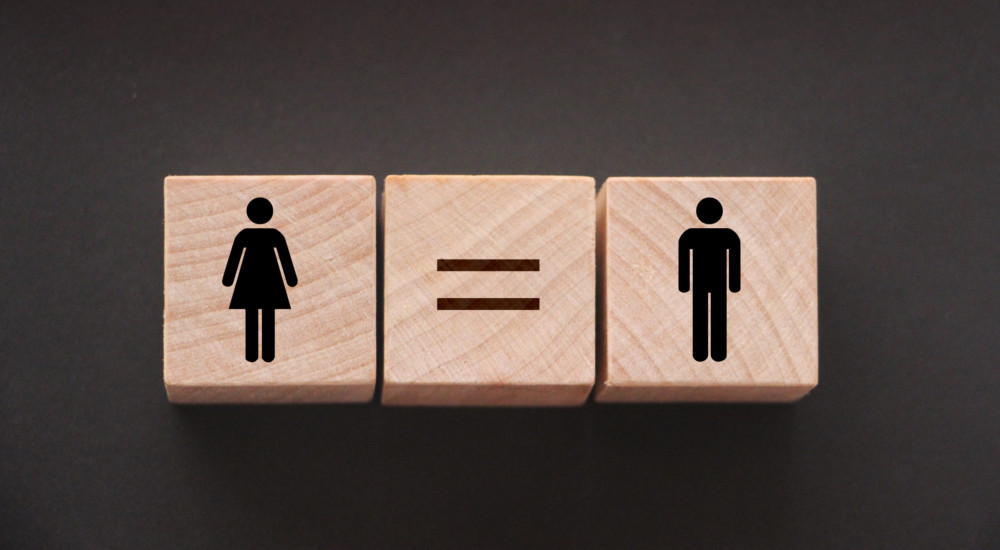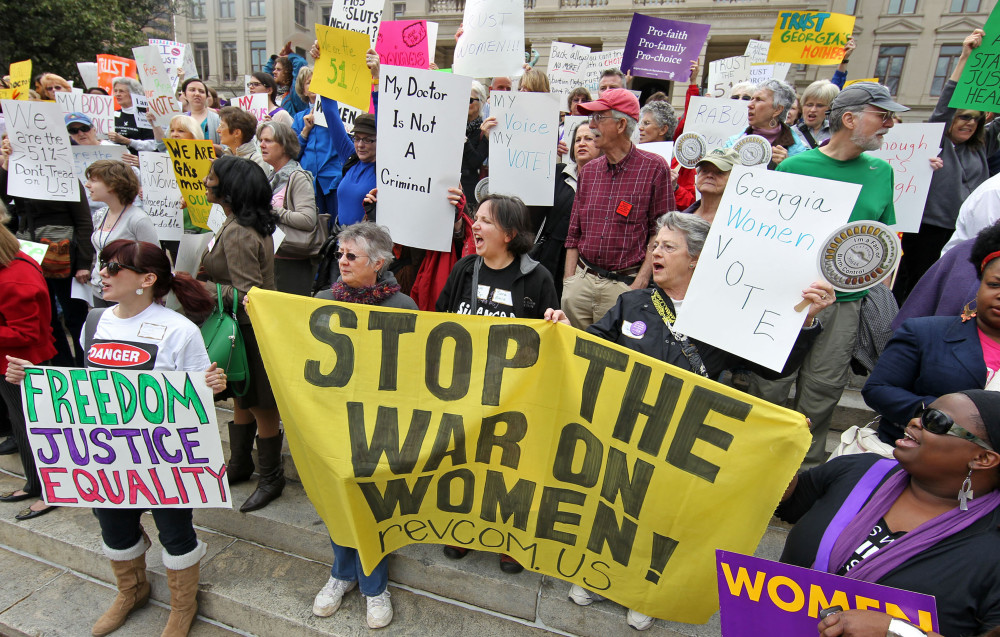EDITORIAL
Star Tribune (Minneapolis)
It seemed to be a blast from the past: A group of former and present legislators and feminist leaders announced at the State Fair this week that a busload of Minnesota feminist activists would travel to Washington, D.C., for a Sept. 12-13 We Are Woman #Rally4Equality2014 event on the national mall.
The rally’s aim: The revival of the moribund Equal Rights Amendment (ERA) and a push for its inclusion in the U.S. Constitution.
Yes, the ERA — the 1970s lightning rod of division between feminists and gender traditionalists — is back on the national stage, complete with the banners, slogans and arguments of yore.
It’s propelled by both a new equality-minded generation and veterans of the 20th-century women’s movement who consider the measure’s failure its most painful setback.
A sense of history was reinforced by the announcement’s timing Tuesday — Women’s Equality Day, the 94th anniversary of the ratification of the 19th amendment granting women the right to vote.
The ERA emerged as a feminist goal just three years after women’s suffrage became law, penned by National Women’s Party founder Alice Paul. Congress approved it and sent it to the states in 1972.
Despite falling three states short (see accompanying map) of the 38 required for ratification before the June 30, 1982, deadline set by Congress, the ERA never completely went away.
It has been introduced in every Congress since then. Pro-ERA legal scholars say it remains alive, still only three states shy of its goal, awaiting congressional action to either set a new deadline for its ratification or remove the deadline altogether.
ERA opponents disagree, according to the nonpartisan Congressional Research Service, and say that a fresh start would be required to adopt the amendment.
But for the past 32 years, the ERA hasn’t generated much grass-roots passion — until now.
We welcome the surge of ERA enthusiasm in Minnesota. Today the amendment would not be the hugely transformative force it was portrayed to be 40 years ago by both its friends and its enemies.
Many early claims were overstated. Society has evolved toward equality since then, without an ERA push. The arguments used to oppose the ERA’s ratification in the 1970s are telling.
Conservative crusader Phyllis Schlafly of Illinois spearheaded a campaign that warned that the ERA’s ratification would lead to women serving alongside men in the military, legalization of same-sex marriage, an end to traditional alimony for divorced wives, and unisex public restrooms. All of that came to pass anyway, without the ERA.
But the ERA would still offer explicit assurance of gender equality under the law, something that is absent from the foundational charters of both the United States and Minnesota. Its presence in those constitutions would make gender equity a bedrock principle of law.
The ERA likely would not magically close the persistent gap in pay between male and female workers doing comparable jobs, said Jill Gaulding, co-founder and legal director of Gender Justice, a St. Paul-based advocacy organization. But it would strengthen the hands of those seeking to end gender bias in the workplace.
Similarly, the ERA’s inclusion in the Constitution might not have changed the majority opinion in this year’s U.S. Supreme Court’s 5-4 ruling that employers can, for religious reasons, exclude contraceptive coverage from their employee health insurance benefits. But it would have made a requirement of equal treatment of men and women under the law a bigger factor in the court’s thinking, Gaulding said.
The ERA would be an asset to women serving in the U.S. armed forces, particularly those seeking justice for victims of sexual assaults, argued Trista Matascastillo, chair of the Women Veterans’ Initiative. They would be able to claim more effectively that a lenient response is unlawful discrimination, she said.
Those possible practical consequences of the ERA deserve fresh examination in the light of all that has already changed for women in the 41 years since Minnesota ratified the amendment, on Feb. 12, 1973. But its importance as a statement of national principle ought not be lost in such speculation.
As Gaulding of Gender Justice put it, in a democracy, “if people think something is important, the law should reflect that.” It surprises many Americans born after the ERA expired in 1982 that gender equality is not already a constitutional guarantee.
Overwhelmingly, Minnesotans would agree that American men and women should stand equally before the law. It’s well to ask anew whether they think their state and federal constitutions should say so.

















































































































































































































































































































































































